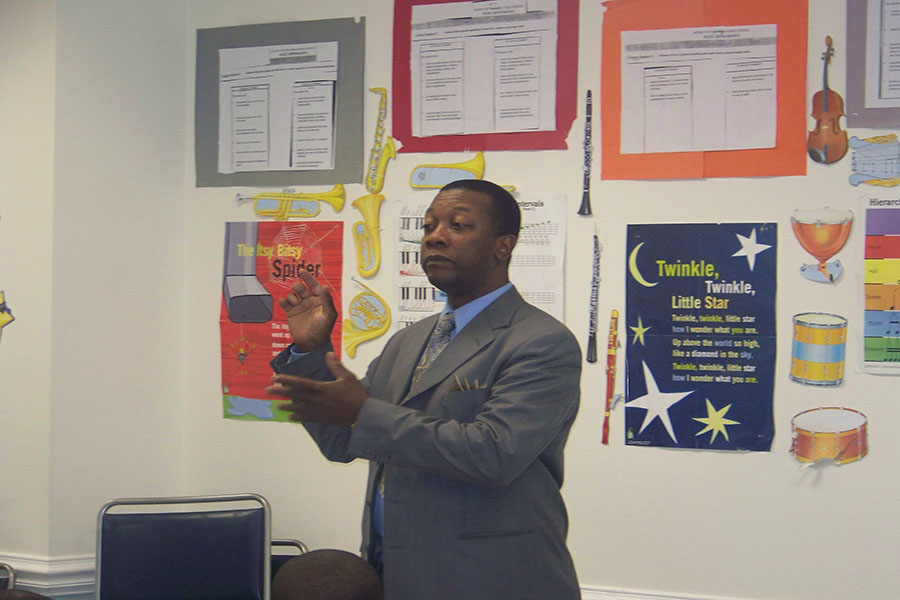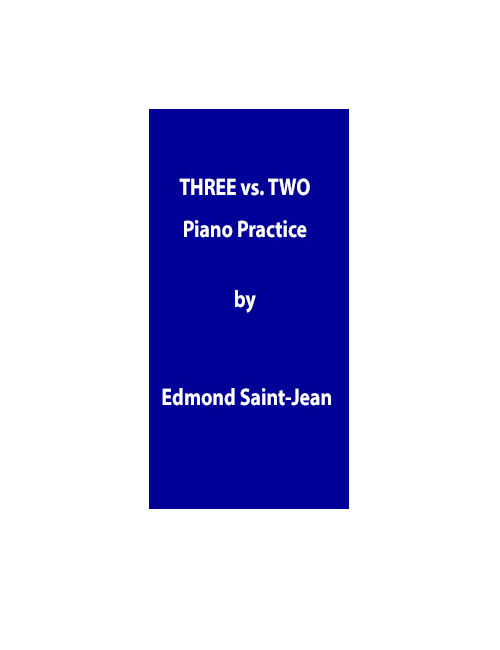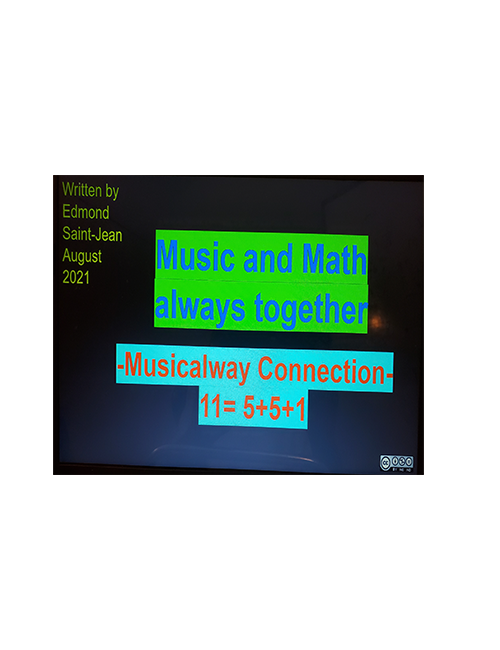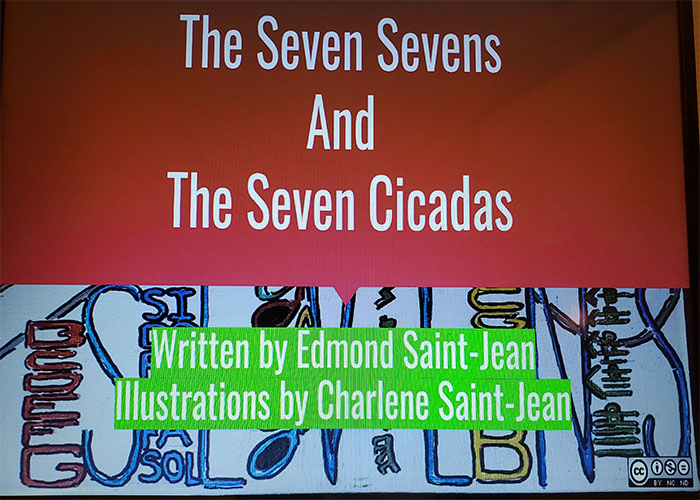The conductor, the teacher, the navy pilot, the president, the janitor, they all have one thing in common: to keep everything in order and if their seem to be chaos their role is give a sense of togetherness and control. The conductor has to know the music score and every instrument range and timber to coordinate a perfect harmony to all the timbres and sounds. A conductor has to set the mood of the performance.
“When you embody the piece that you conduct, the player, the listener, and the critics admire your musicianship and learn from your dedication to the uniqueness of the performance.”
The conductor has to study and do research on the origin of the pieces and the songs and learn about the inspiration that lead to the way they must interpreted. He has to analyze each instrumentation that are dedicated to every piece and find out why it was the instrumentation chosen. Then, he has describe and dissect the lyrics thoroughly through additional research to understand the types of instrumentation that helped created this particular sound.
At last, he must combine the two entities [melody and lyrics] to understand how to convey the thoughts of the composer through his interpretation, hand movements, body language, and the energy that transpire part or most of the piece. The conductor needs to understand why a particular timbre, range and dynamics were applied to this particular piece.
The progressions and the key in particular can easily translate the mood of the composer that is non-negotiable. Is the song in a minor tone indicating sadness, monotony, or is it in a major key, meaning full and happiness. is it fast, slow or moderately slow or is it a march? In either case he will have to consider the following words: Andante, allegro, adagio, etc..
Nothing can happen without the conductor
The conductor is most important entity in this interconnectedness of musical knowledge. His state of mind determines the tone and success of the piece. His savvy embodies the story that need to be told through the strokes of his baton. The nuances reflect the thorough understanding of what a story line is all about.
The mood of the piece depends greatly on the hand strokes of the maestro that will be reflected more likely on the responses coming from the members of the orchestra, or of the vocal readiness of the choir members. The vertical and horizontal harmonies generated from the connection between the conductor and the players, in many instances, the singers captivate the audience.
The players and/or singers depend on the direction of the conductor to strive towards their perfect intonation. However, they also depend on each other. For instance, the orchestra has the first violin or concert master, who leads the string, therefore all the families of instruments. Each family of instruments, namely the brass, the woodwind, the percussion has a section leader.
When leadership is shared the maestro reigns supreme
As we have learned, the first violin is the leading voice of the orchestra and of the string family. All the other families of instruments have their local leaders per se. Since the first violin leads the overall orchestra for warm up, intonation, tone quality, every other family of instruments has a secondary leader that keeps their tones in tune. The process assures that the conductor can lead with a position of strength because he can depend on reliable section leaders.





Leave A Comment
You must be logged in to post a comment.